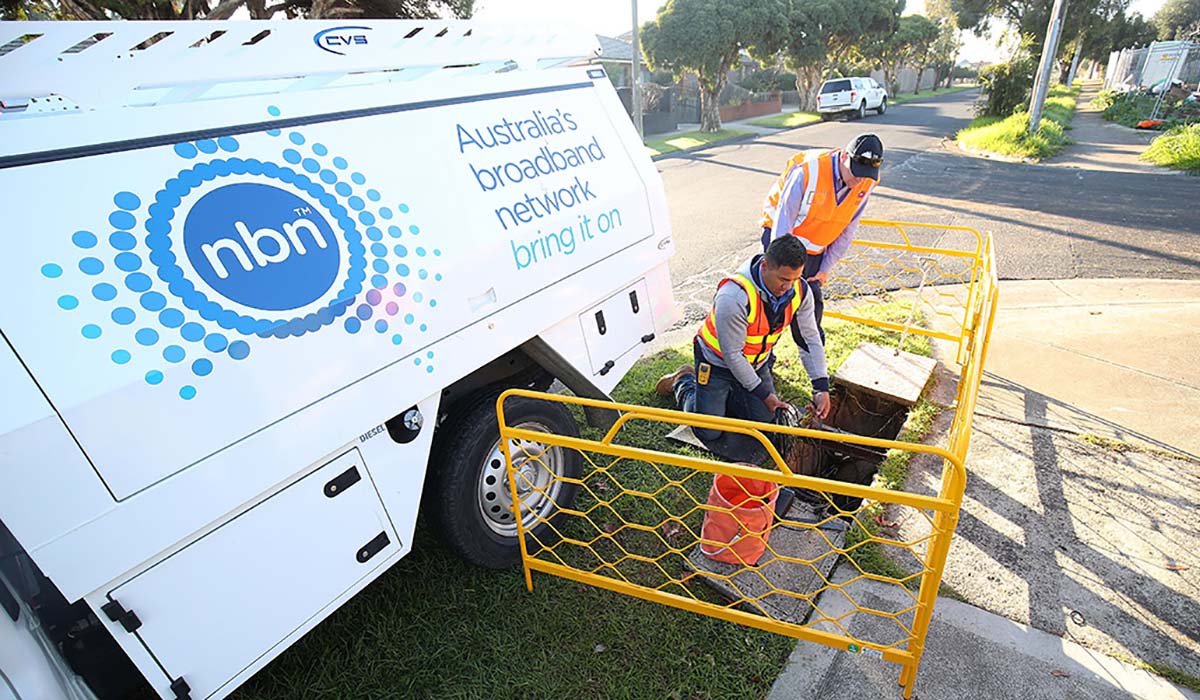Opinions on the NBN vary across the spectrum, but one thing most will probably concede is that the service offering is far from perfect. There’s been a growing chorus from NBN retailers calling for a review of the wholesale pricing structure which would – if accepted – ultimately lead to better and fairer pricing for consumers.
As Telstra CEO Andy Penn points out in his blog post on Telstra Exchange, it’s quite realistic to consider our digital infrastructure as being amongst our country’s most important. We need to do what we can to get it right, otherwise Australia could be left behind relative to other nations.
Studies have shown that Australia’s wholesale broadband network prices are among the highest in the world already, especially when you look at “true broadband” speeds – 50mbps and above.
Telstra’s interest isn’t entirely selfless, and no corporate should really be expected to act selflessly anyway, but there is a benefit for consumers here as well. Telstra makes the clear point that the retail business model of the NBN is at risk from the current pricing structure which makes it difficult for NBN retailers to offer good prices to customers while still making enough profit to make the venture worthwhile.
As Penn correctly points out, an industry where wholesale prices result in next to zero margins for downstream retailers isn’t remotely sustainable. Ultimately the only outcomes will be retailers pulling out because they can’t remain competitive and continue to operate, or prices will have to go up, meaning the consumer loses again.
Telstra makes the following recommendations, many of which have been echoed by other providers previously:
- Removal of the separate volume-based pricing charge (CVC).
- Simpler single-point pricing for the standard nbn speed tiers (50/20 and 100/40) with prices reduced by around $20.
- Lowering of the price for superfast services (250 Mbit and up) to under $100.
- Introduction of a $10 per month voice-only service.
- Introduction of a wholesale price discount for targeted vulnerable and low-income customers in need.
Granted, most consumers don’t really need the speeds of 100mbps (and higher plans which aren’t actively promoted) in 2019, but there’s a growing number who are taking them up – 100mbps does a lot for high definition streaming, and those households with lots of devices. In 1999, I would’ve thought it impossible to swamp a 1mbps T1 line .. and in 2019, swamping a 50mbps connection isn’t hard at all.
It’s not going to take many years until 50mbps is considered positively archaic, and we – and the NBN – need to be positioned appropriately to meet the demand as it comes, not play catchup after the fact.
One need only look at what’s taking place in the UK, in NZ, in Spain, and countless other countries around the world where wholesale broadband rollouts are being done better, cheaper, and with more affordable, faster plans for end users. Our NBN feels like a poor, poor cousin … if it’s related at all.




